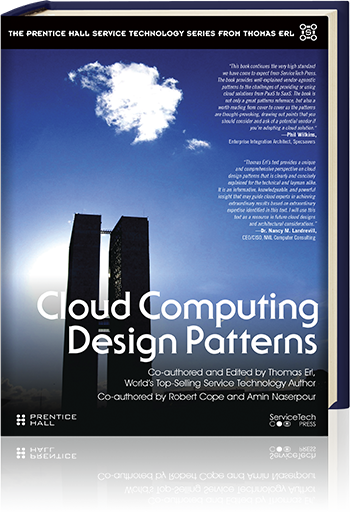Below are descriptions of individual parts and chapters:
Chapter 1: Introduction
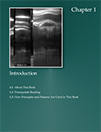 This chapter establishes the scope and structure of the book by providing an overview of the primary topic areas along with chapter descriptions and information regarding conventions and supplemental resources.
This chapter establishes the scope and structure of the book by providing an overview of the primary topic areas along with chapter descriptions and information regarding conventions and supplemental resources.
Chapter 2: Understanding Design Patterns
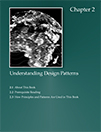 This chapter introduces pattern profiles and compound patterns, and details how each is structured. In addition, design pattern notation and measures of design pattern application are discussed, and a set of usage guidelines for maximizing the functionality of this catalog is provided.
This chapter introduces pattern profiles and compound patterns, and details how each is structured. In addition, design pattern notation and measures of design pattern application are discussed, and a set of usage guidelines for maximizing the functionality of this catalog is provided.
Chapter 3: Sharing, Scaling and Elasticity Patterns
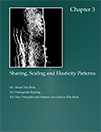
Design patterns that provide basic and advanced design solutions focused on IT resource sharing, scaling, elasticity, and overall optimization.
Chapter 4: Reliability, Resiliency and Recovery Patterns
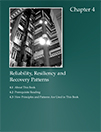 Design patterns that address a range of issues pertaining to failover, redundancy and recovery of IT resources and cloud environments.
Design patterns that address a range of issues pertaining to failover, redundancy and recovery of IT resources and cloud environments.
Chapter 5: Data Management and Storage Device Patterns
 Design patterns focused on cloud storage architecture, cloud storage device configuration and management, as well as the management and optimization of cloud-hosted data.
Design patterns focused on cloud storage architecture, cloud storage device configuration and management, as well as the management and optimization of cloud-hosted data.
Chapter 6: Virtual Server and Hypervisor Connectivity and Management Patterns
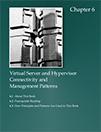 Design patterns that cover connectivity, accessibility, configuration and related issues pertaining to virtual servers and hypervisors.
Design patterns that cover connectivity, accessibility, configuration and related issues pertaining to virtual servers and hypervisors.
Chapter 7: Monitoring, Provisioning and Administration Patterns
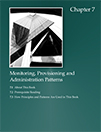
This chapter groups administrative design patterns, such as those pertaining to runtime monitoring, IT resource provisioning, and general administrative features and controls.
Chapter 8: Cloud Service and Storage Security Patterns
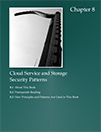
Patterns focused on establishing security controls for cloud service architectures and cloud storage devices are covered in this chapter.
Chapter 9: Network Security, Identity & Access Management, and Trust Assurance Patterns
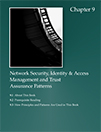
This chapter provides a range of cloud security patterns that tackle common security requirements, as well as various forms of attack preventions.
Chapter 10: Common Compound Patterns
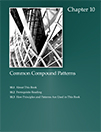
Many of the previously documented design patterns can be combined into super-patterns that represent common models or environments in the cloud computing industry, or provide larger, more complex design solutions. This chapter provides examples of some of the more relevant combinations through the definition of a series of compound design patterns.
Appendix A: Cloud Computing Mechanisms Glossary
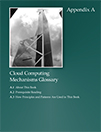
Design patterns are applied with the involvement and implementation of different combinations of cloud computing mechanisms. This appendix provides concise definitions of all mechanisms associated with and referenced by the preceding design pattern profiles.
Appendix B: Cloud Computing Design Patterns Reference
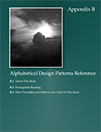
A quick reference list of cloud computing design patterns in alphabetical order, with page numbers.


